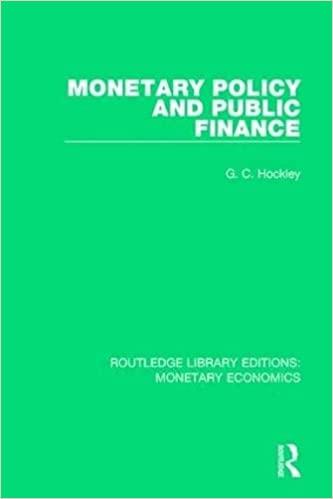Question
In Los Angeles, you are considering the purchase of a 47,000-SF office building, of which 70% is leasable. You negotiate a purchase price of $7.5
In Los Angeles, you are considering the purchase of a 47,000-SF office building, of which 70% is leasable. You negotiate a purchase price of $7.5 million with the seller. In year 1, you expect to earn $25 annual rent per SF. You project that this number will grow by 5% every year. The average vacancy rate in the market is currently 3%, but you expect it to increase 50 bps per year. You expect it to cost $350,000 to operate the building, and that too will grow by 5% per year. But you will require your tenants to pay 50% of those expenses. You plan to spend $500,000 in renovations in the first year, and then you will set aside $50,000 every year thereafter for future renovations. You will also need to set aside 10% of EGI for annual leasing costs. The property will be sold at the end of year 6, and you will pay 7% of the price in selling expenses. Between now and then, you expect the property to appreciate at a 8% CAGR. You want to earn a 12% IRR annually. You build a pro forma to answer the following questions.
1. Using this purchase price as the property value, what is the cap rate in year 1? How does this compare to cap rates for other similar properties, according to CBRE data?
2. What is the PBTCF for each year?
3. What is the periodic return for the entire 5-year holding period if all cash flows are reinvested at the discount rate?
4. What is the periodic return for the entire 5-year holding period if the cash flows are not reinvestedand instead are simply added to the final balance?
5. What purchase price should you pay to earn your desired IRR?
Before you sign a contract, the seller has a change of heart. Now they want a purchase price of $8 million (and you adjust the resale price in year 6 accordingly). Use the new purchase and resale prices to answer the following questions.
6. What is the NPV of the investment?
7. What is the IRR of the investment?
8. Based on the NPV and the IRR, is it a good investment? Should you take the new deal?
Listening to the news, you start to become concerned about the possibility of a recession forthcoming. You decide to do a sensitivity analysis to determine if the investment is still worthwhile if the future doesnt work out as you previously expected.
9. How do your NPV and IRR change under the following scenario?
a. Rents do not grow at all in years 1 and 2.
b. Property prices decrease by 10% in year 1.
c. The market becomes riskier, so you require a 14% IRR to make you comfortable investing
Step by Step Solution
There are 3 Steps involved in it
Step: 1

Get Instant Access to Expert-Tailored Solutions
See step-by-step solutions with expert insights and AI powered tools for academic success
Step: 2

Step: 3

Ace Your Homework with AI
Get the answers you need in no time with our AI-driven, step-by-step assistance
Get Started


